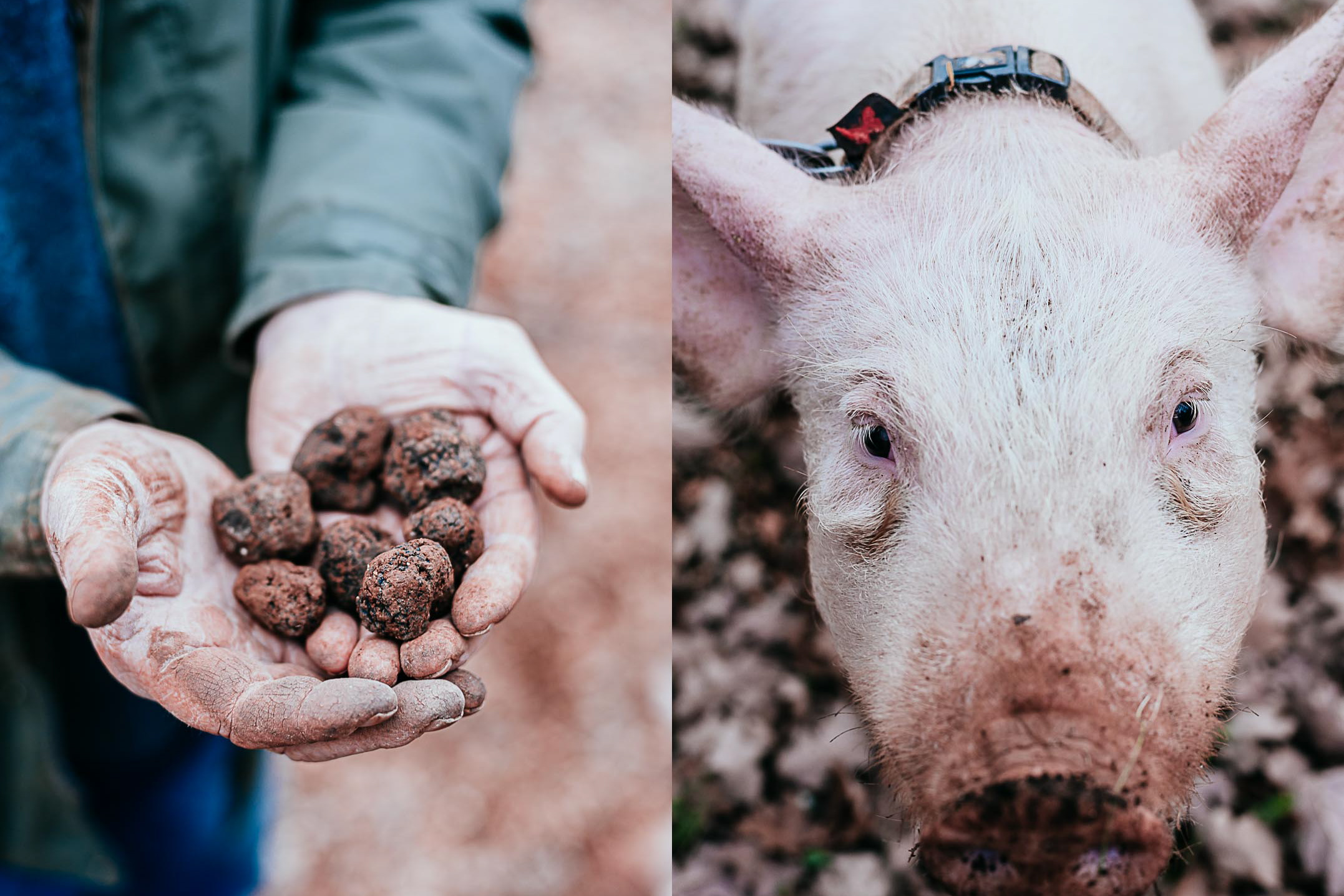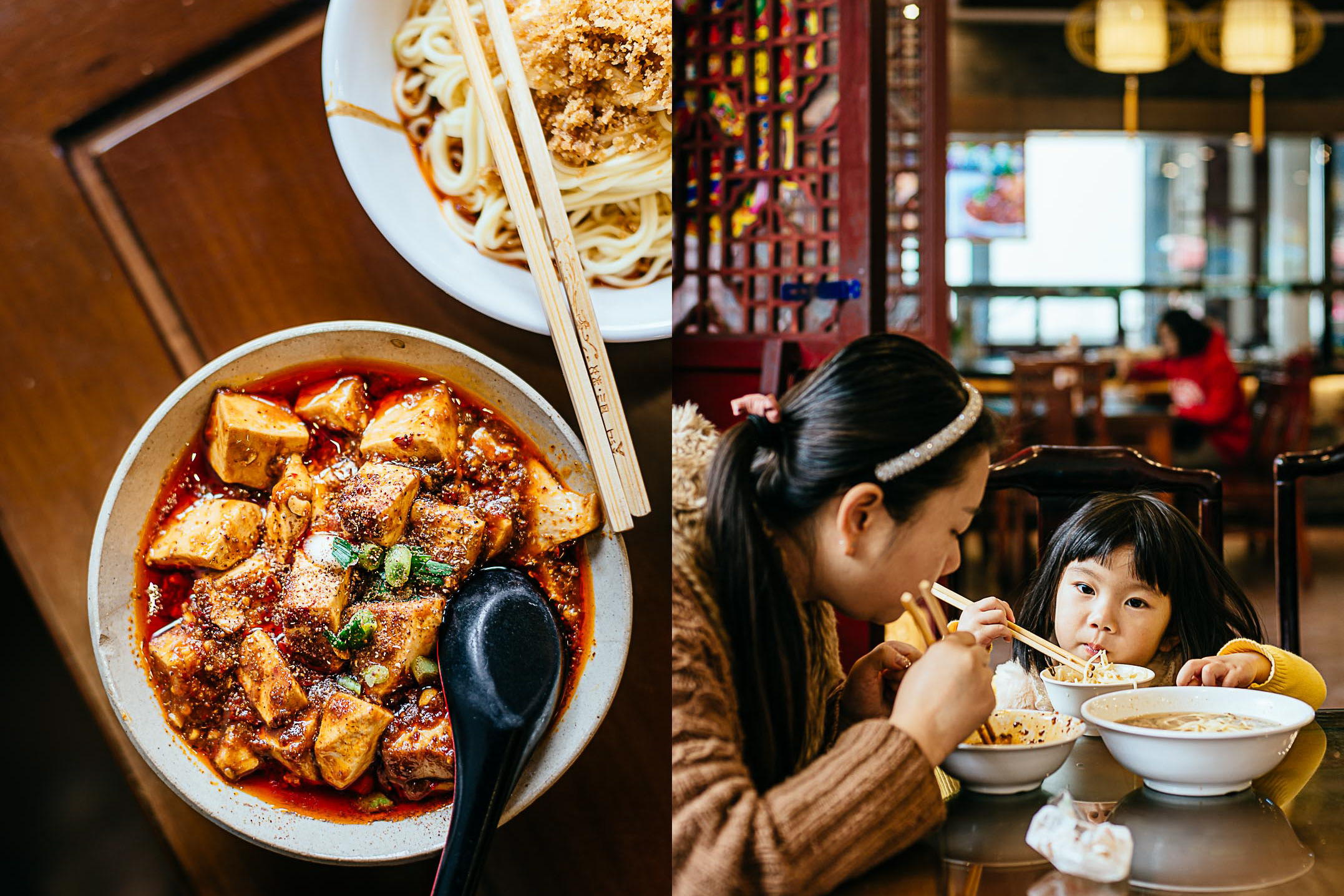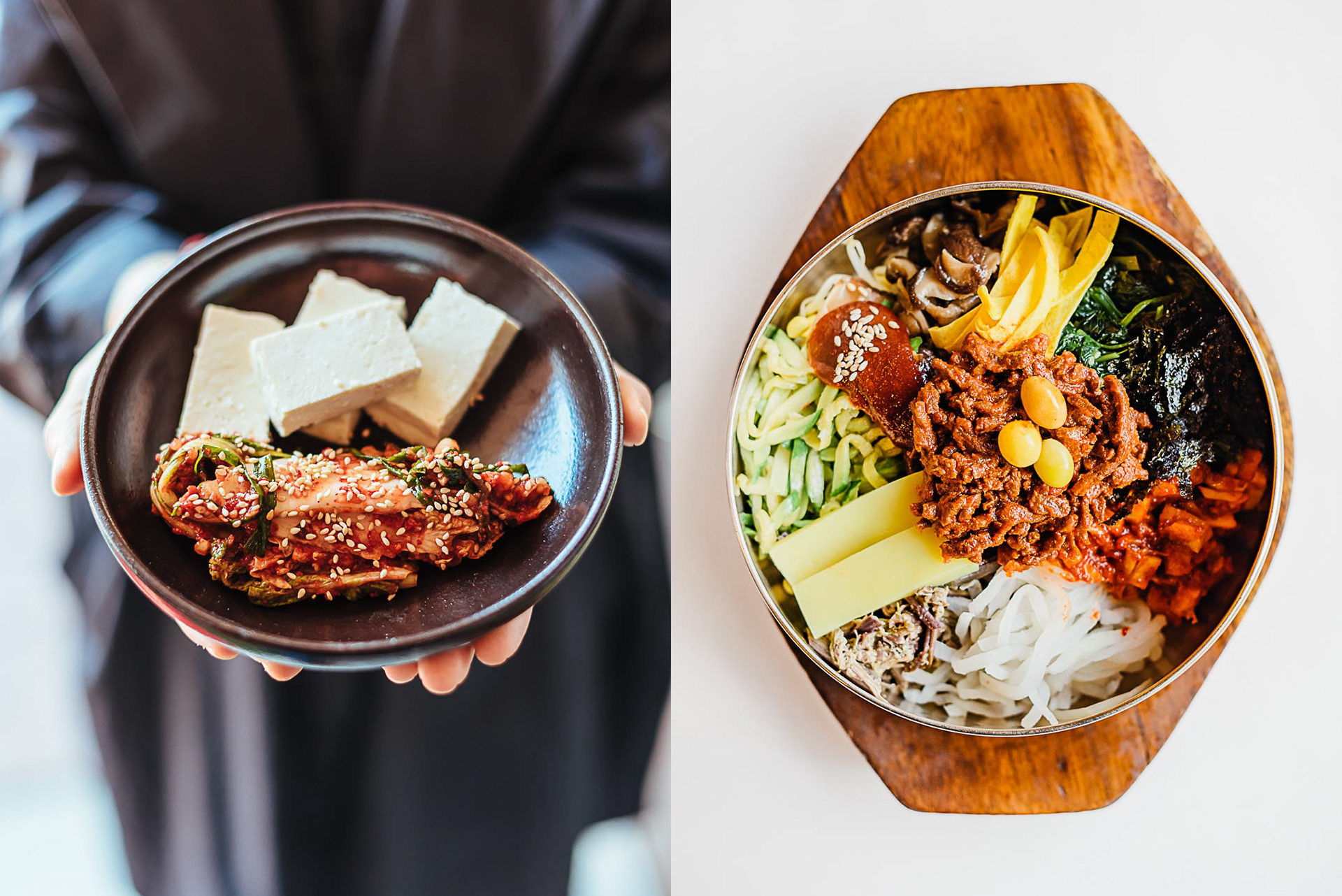ISAN
another country
another country
It’s 8am sharp and the Thai national anthem squeezes out of the tinny speakers strung to lampposts along the riverside. Passersby and border guards stand respectfully, and peer across the Mekong to the other bank, another country.
I follow their gaze to the misty sugarloaf hills faraway inside Laos.
Suddenly, from a hidden tributary, narrow boats swing onto the Mekong. Their engines spit smoke as they fight the strong currents that will eventually pull them across to Thai soil.
Border formalities at the boat landing are fast. These passengers come each week to trade at the special market on Tha Uthen’s waterfront. They look a little different perhaps – finely-printed sarongs, headscarves in earthy tones – but there’s a lot they have in common with the people of this small Isan town.
Isan, the northeast region of Thailand, is separated from Laos by this 832km stretch of the mighty Mekong ... and separated from Bangkok (up to 700km away) by culture, economy and language. These are proud Thais who stand for the national anthem ... but amongst themselves they speak in a Lao dialect.
A thousand years ago Isan was a part of the Khmer Empire, and then of Lanxang (the Lao ‘Million Elephant’ kingdom that ruled for almost four centuries). At the turn of the twentieth century colonial French forced a redrawing of the regional map and, for the first time ever perhaps, the Mekong had different flags on either bank.
Nonetheless the river continues to connect rather than divide. There’s a constant flow of people both ways. Laotians come to sell and to buy – and to pray at Wat Phra That Phanom, the sacred chedi reputedly built around Buddha’s breastbone. This Thai temple is second most closest to Lao hearts.
There’s a weekly ‘Lao Market’ at That Phanom too. By noon the visiting traders have sold as much forest honey, bats and squirrels, and foraged herbs as they can. Rice, refrigerators and other goods are cheaper here – so they carry what they can afford (and what the captain will allow onboard) and by 1pm they’re all heading back across the Mekong.
“We used to swim across there when we were kids,” Poang, a local builder, tells me. “But ...” And he indicates the guard posts that spike the Laos riverbank. We’re on a sunset tourist cruise at Nakhon Phanom, midway between the ‘Lao Market’ towns. As we pull open cans of local beer Poang tells me that sometimes he drives all the way through Laos – using the ‘Friendship Bridge’ that crosses nearby – carrying on to Hanoi to visit not-so-distant relatives.
Isan is on few tourist itineraries but there are plenty of folk who have arrived here from somewhere else, and they’ve been doing so for centuries. There are Khmer, Chinese, Lao and tribal Tai peoples ... and a large Vietnamese population. In the 1920s Ho Chi Minh lived near to Nakhon Phanom – today his house is a museum where they sell herbal tea grown on the vegetable patch ‘Uncle Ho’ hoed.
Americans call this home too – some of the thousands of airmen stationed here in the 1960s and 70s fell in love with a local girl or the place or both. They had several bases in Isan. One was close to what USAF flyboys called ‘Moon River’ – or the Mun – that spills into the Mekong at Khong Jiam. The two waters aren’t keen to mingle at first, which is why this reach is called Two-Colour River. A little further on the Mekong ends its tour of duty as the border; it wanders into Laos, then Cambodia before spilling its delta across southern Vietnam.
Five kilometres north, Pha Taem National Park provides Isan folk with some final panoramas of the Mekong. It’s a highland with meadows of tiny orchids and dusitas, and curious rock formations. Nang, my guide, leads me along a path at the foot of the soaring cliff to see some remarkable Bronze Age cave paintings of giant catfish.
Atop Pha Taem cliff we find an ammolite-coloured woodborer bug (it’s a local delicacy called maeng tup that tastes like ... well, it doesn’t taste like chicken, let’s put it that way). “Want to feel like a serpent eagle?” Nang asks as she crawls on her belly to the cliff edge. Before I can remember the Isan for ‘NO!’ – boh, by the way – I have my head pushed over the ledge and am looking down on the lush canopy (and the path we trod earlier) far, far below. I certainly feel like an eagle – but the type that’s reluctant to leave the nest.
From this highpoint I have an imagined view of all Isan. I can see ancient Khmer temples in the south, vineyards to the west and fossilized dinosaur footprints north. I can see all around, and back and forth, to yesterday and today. And I can see the Mekong flowing (as it has always) through the heart of this big country.
First published 2014


